Cart 0 Product Products Amount:
(empty)
(empty)
Your cart
Your cart
Together:
No products
To be determined Shipping:
0,00 zł Total:
Product successfully added to your shopping cart (There are 0 items in your cart.) (There is 1 item in your cart.)
Product:
Quantity:
Total:
Total products
Total shipping To be determined
Total

Blog categories
Do you want to start brewing beer at home but don't know anything about it? Check out our blog. We share our knowledge with those who take their first brewing steps, as well as with those who already brew. Home brewing is not difficult!
Top sellers
-

-

-

-

Muslin hop boiling bag 1 piece
Reusable muslin mesh. Perfect for cooking hops and other spices, cold...
4,50 zł -

-

BIHOP – PLAZMA 2 – American Farmhouse IPA 14°BLG - Browar Gwarek
BIHOP PLAZMA#2 - American Farmhouse...
160,65 zł -15% 189,00 zł
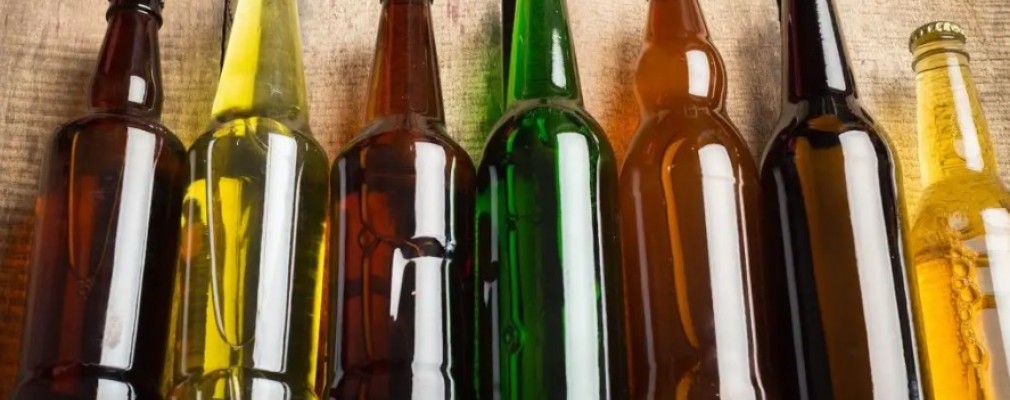
0
1317
Data publikacji:
04
OCT
2022
Shelf life of homemade beer.
When preparing to brew a home-made beer for the first time, a beginner brewer often asks himself - how long can I store my finished beer?
Udostępnij:
COPYRIGHT 2020 Twój Browar ALL RIGHTS RESERVED Design and implementation dih.pl















 Of course, such a long storage period works only in very strong beers, such as RIS (Russian Imperial Stout) or Belgian monastic beers such as Dubbel, Tripel or Quadruppel. Such beers may not only be allowed to mature for a long time, but also favor the formation of an appropriate flavor profile. Weaker beers stored for such a long period will not spoil, but will lose their optimal flavor as a result of aging.
Of course, such a long storage period works only in very strong beers, such as RIS (Russian Imperial Stout) or Belgian monastic beers such as Dubbel, Tripel or Quadruppel. Such beers may not only be allowed to mature for a long time, but also favor the formation of an appropriate flavor profile. Weaker beers stored for such a long period will not spoil, but will lose their optimal flavor as a result of aging. Too much oxygen in the beer will accelerate its oxidation, which is manifested by a distinct change in the beer flavor profile. The most characteristic aromas that indicate the oxidation of beer are the honey aroma, which turns into tofee. It can be quite intense, obscuring the main flavor profile of the beer. Another common aroma and flavor is compared to wet cardboard. In addition, you can meet with notes of blackcurrant, grass or marzipan. Slight oxidation is sometimes desirable in strong dark beers when it manifests itself as notes of dried fruit, nuts and sherry. Therefore, they are favored by long aging.
Too much oxygen in the beer will accelerate its oxidation, which is manifested by a distinct change in the beer flavor profile. The most characteristic aromas that indicate the oxidation of beer are the honey aroma, which turns into tofee. It can be quite intense, obscuring the main flavor profile of the beer. Another common aroma and flavor is compared to wet cardboard. In addition, you can meet with notes of blackcurrant, grass or marzipan. Slight oxidation is sometimes desirable in strong dark beers when it manifests itself as notes of dried fruit, nuts and sherry. Therefore, they are favored by long aging. In order to slow down the oxidation of beer, its oxygenation after fermentation should be reduced as much as possible, i.e. mainly during bottling or pouring beer into silent fermentation. For this purpose, it is worth using
In order to slow down the oxidation of beer, its oxygenation after fermentation should be reduced as much as possible, i.e. mainly during bottling or pouring beer into silent fermentation. For this purpose, it is worth using  Light will be another factor accelerating the aging of beer. It is mainly about the oxidation of hops compounds in beer, which in high concentration can cause skunk-like aromas, in lower concentration it is sometimes associated with the aromas of Cannabis plants. The UV radiation from daylight is primarily responsible for the oxidation of hops.
Light will be another factor accelerating the aging of beer. It is mainly about the oxidation of hops compounds in beer, which in high concentration can cause skunk-like aromas, in lower concentration it is sometimes associated with the aromas of Cannabis plants. The UV radiation from daylight is primarily responsible for the oxidation of hops.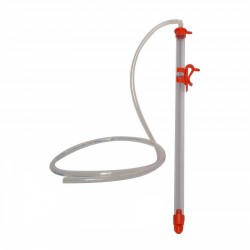
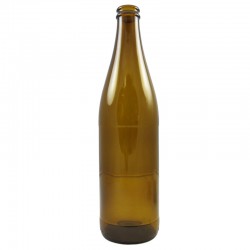
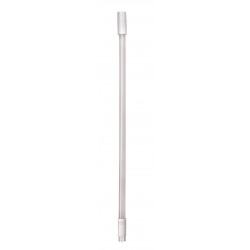
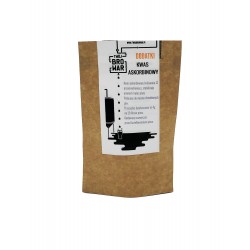
Dodaj komentarz
0 komentarze